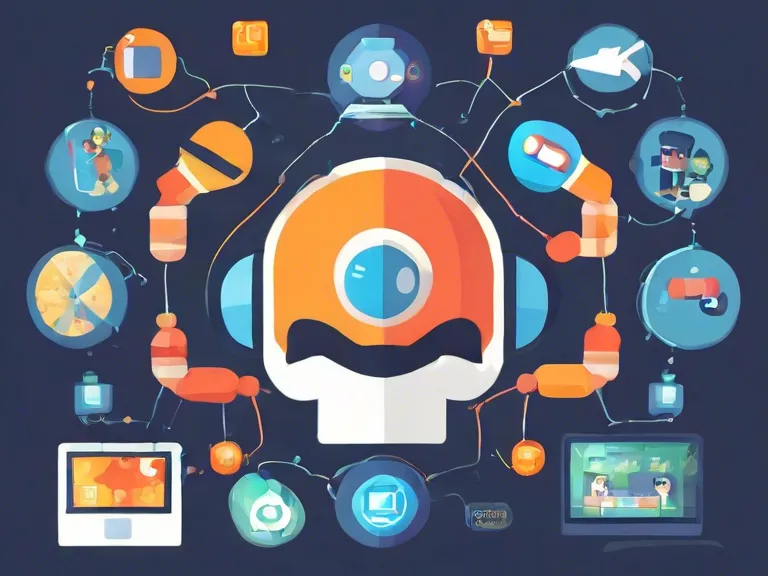
Data Science in Gaming: Using Analytics to Enhance Player Engagement
In the fast-paced world of gaming, data science has become a crucial tool for developers and publishers looking to enhance player engagement. By leveraging analytics, game companies can gain valuable insights into player behavior, preferences, and trends, allowing them to tailor their games to better meet the needs and desires of their audience.
One of the key ways data science is used in gaming is through player segmentation. By analyzing player data, developers can identify different player segments based on factors such as playing habits, preferences, and demographics. This allows them to create targeted marketing campaigns, personalized gameplay experiences, and in-game offers that are more likely to resonate with each segment.
Another important application of data science in gaming is in predicting player churn. By analyzing player data for signs of disengagement, such as decreased playing time or failing to complete certain objectives, developers can take proactive measures to retain players and keep them engaged. This could include offering special rewards, introducing new features, or making changes to gameplay mechanics.
Data science also plays a crucial role in game design and development. By analyzing player feedback and gameplay data, developers can make data-driven decisions on everything from level design and difficulty balancing to character customization and narrative choices. This ensures that games are optimized for player engagement and satisfaction.
In conclusion, data science is revolutionizing the gaming industry by providing developers and publishers with the tools they need to understand their players better and create more engaging experiences. By using analytics to segment players, predict churn, and inform game design decisions, companies can increase player engagement, retention, and ultimately, revenue.


